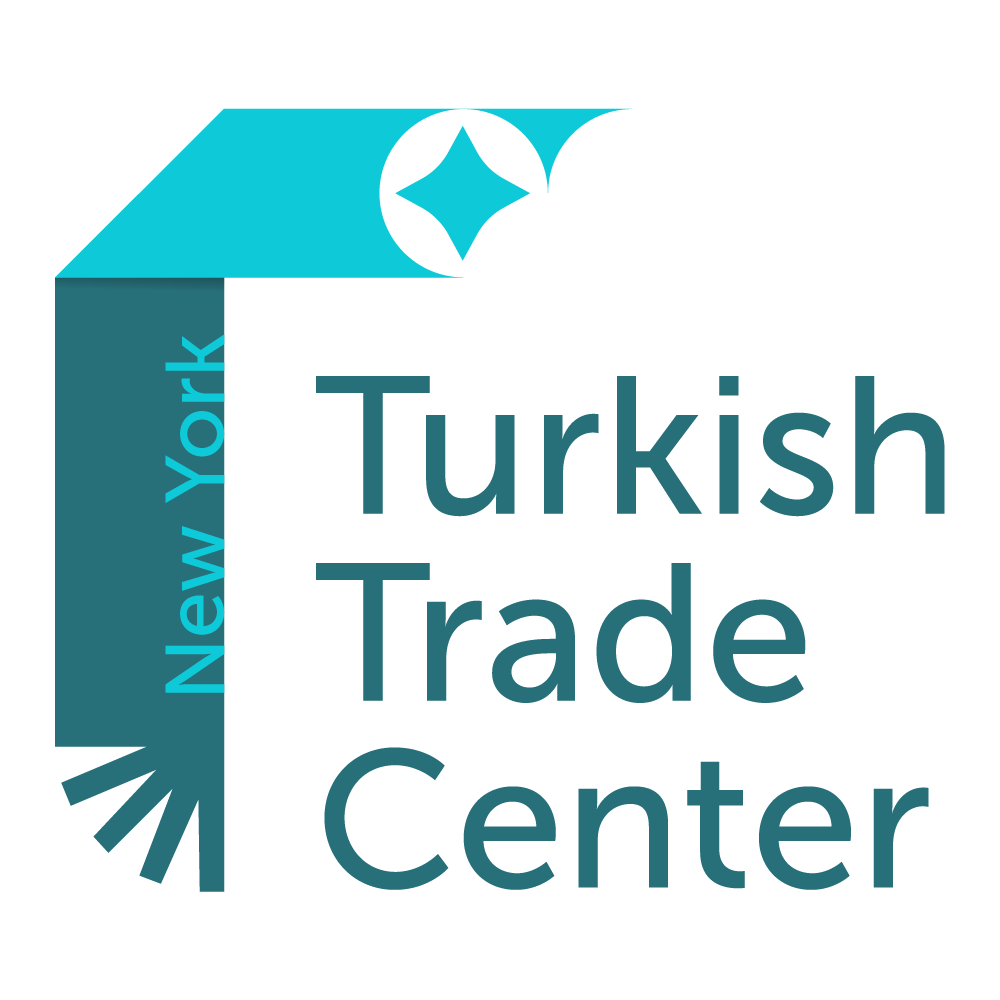Family offices around the world are generally structured as traditional corporations and their equivalents or as Limited Liability Companies (LLCs) and their equivalents. In the United States, family office corporations are either structured as Subchapter C or Subchapter S corporations. Family offices can also be structured as proprietorships or partnerships but this generally isn’t advised as these entities do not protect family member assets with respect to personal liability.
Tax regulations and new laws governing securities exchange and investment advisory services have evolved significantly over the past couple of decades. In many cases, these regulatory changes have rendered many established family office structures inefficient or obsolete.
When determining the appropriate family office structure, one must consider both the planned and future services to be provided, the size of AUM and applicable government regulation in a particular jurisdiction. Optimal, best-in-class structures take into account specific regulatory, liability and asset preservation considerations and therefore often include multiple legal structures. This is to ensure optimal tax efficiencies whilst ensuring compliance and good governance. Common legal entities that are formed include the central family office operation itself as well as related entities like ancillary family offices (secondary family offices set up in other jurisdictions), real estate property management companies, captive insurance companies, registered investment advisors, private trust companies and family holding companies. Family holding companies, set up as family limited liability companies are particularly effective in centralizing asset ownership, protecting personal assets, estate planning and tax planning.
The importance of jurisdiction
Available legal structures and the tax implications of each structure differ greatly from country to country. Additionally, government regulations pertaining to family office operations and services are also not consistent across the globe. Some of the most important considerations in determining jurisdiction for a family office are income taxes, liability protection, asset protection, executive compensation and benefits.
Of course, there are other practical considerations like where the family is based and where the majority of assets are. When considering these aspects, it is important to take a long-term view, understanding future migration plans and taking into account future investment plans in other jurisdictions.
Governance structures
A robust governance structure is essential for supporting the sustainability and long-term objectives of a family office. Drawing up an agreed constitution in consultation with all family members is a good starting point. This would include a mission statement and an articulation of the family’s core values and purpose. Setting up a board of directors to manage the strategic direction of the family office, in line with the family’s long-term vision, is crucial. It can sometimes be very beneficial to include independent directors who can bring experience, knowledge and new thinking. Everyone needs to understand their roles and responsibilities within the structure and decision-making, strategic planning and conflict resolution processes should be well defined.
A typical organisational structure of an established single family office or family-owned multi-family office
Most established family offices have an executive team comprising a Chief Executive Officer, a Chief Investment Officer and a Chief Financial Officer. The Operations Manager role within a family office is sometimes absorbed into other executive positions however, as the complexity of the family office increases this position tends to stand on its own.
Source: Andsimple.co


